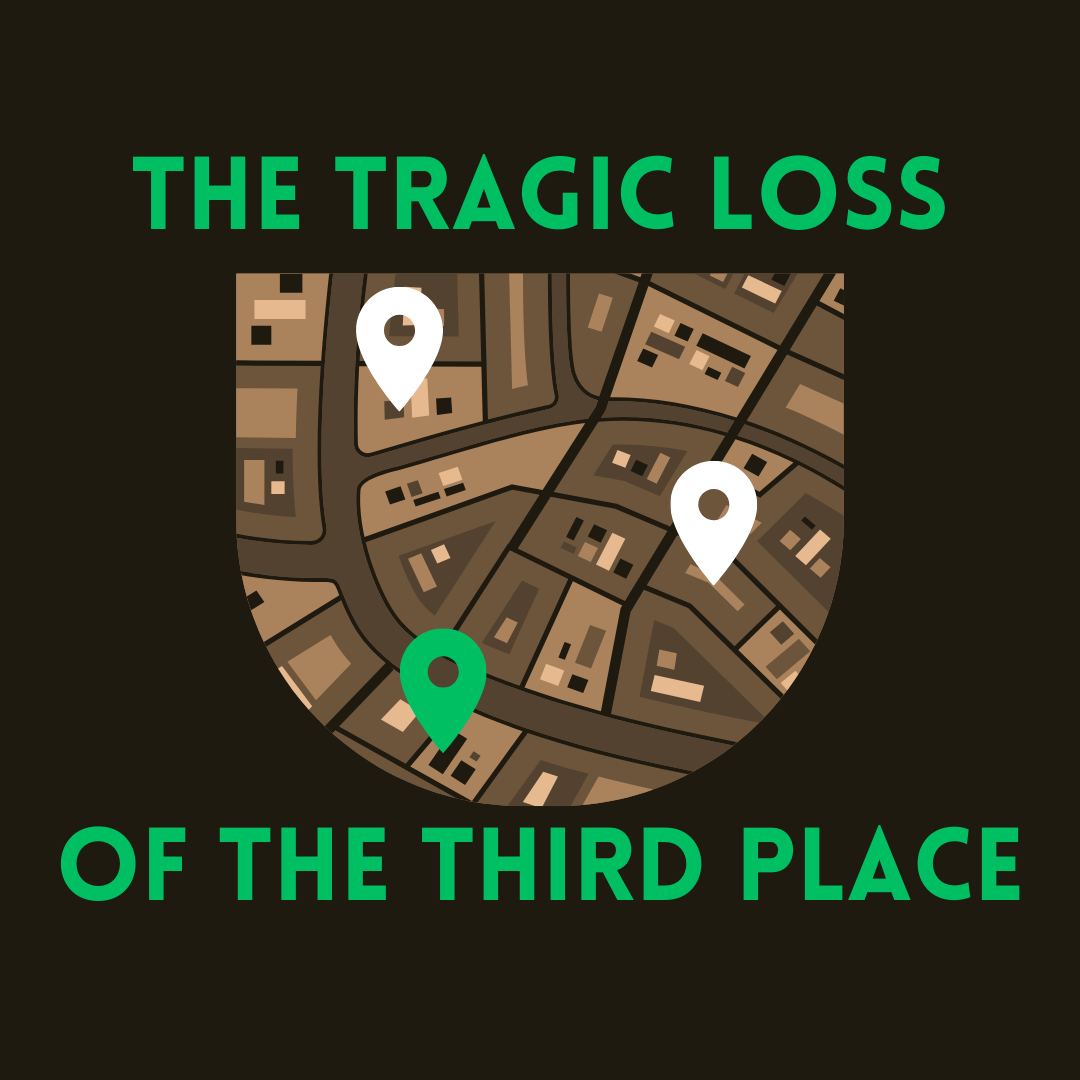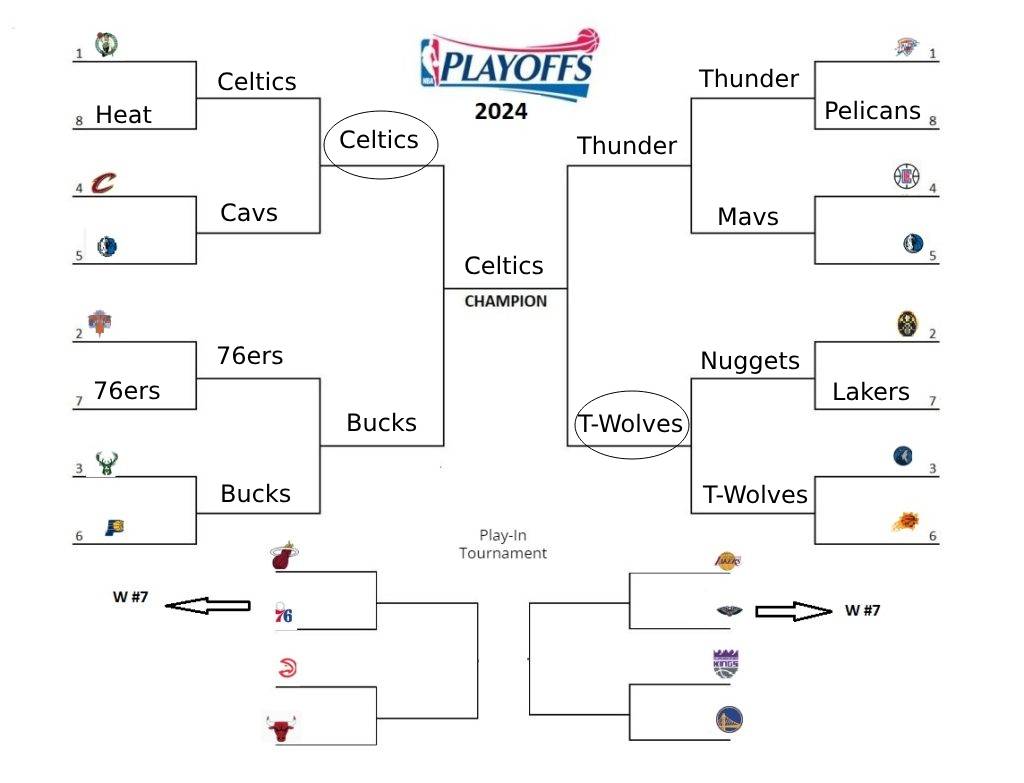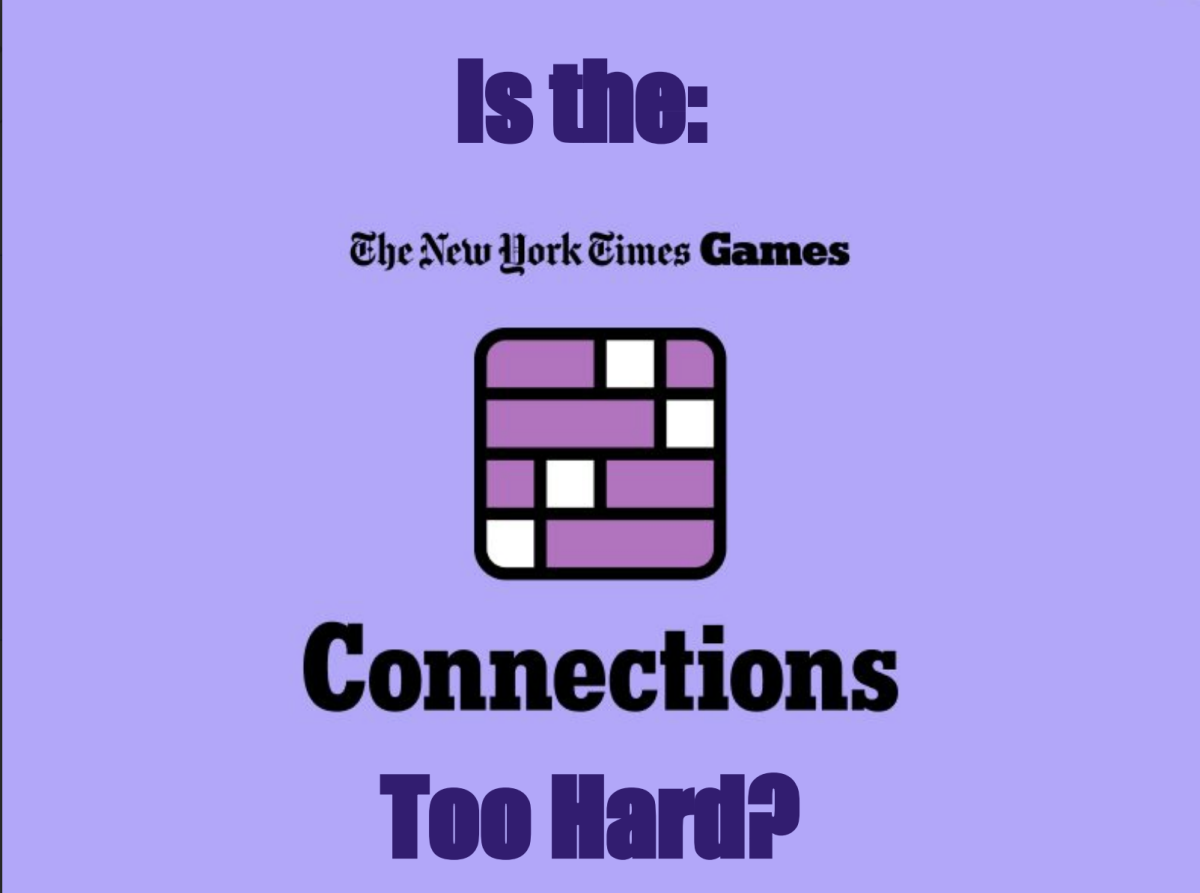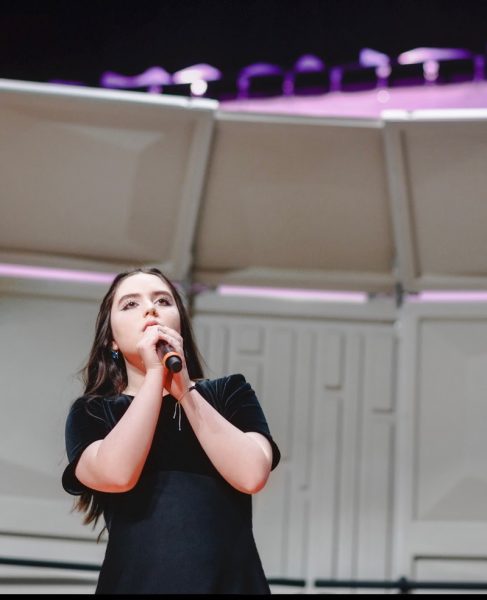What is a Third Place?
The term “third place” was coined by urban sociologist Ray Oldenburg in his book The Great Good Place (1991), in which he examined the importance of these spaces as a function to communities and their individuals. He decreed that a third place is where one goes when they’re not at their “first place” (their home) nor at their “second place” (their workplace or educational environment).
However, the criteria for a third place extends far beyond simply not being your home or place of work/education. These fundamentals are what makes one’s third place so crucial to various facets of life. Put elementarily, third places are “locations where we exchange ideas, have a good time, and build relationships” (Brookings). It’s a communal place one goes not due to any obligation, but to feel safe to exist among their peers during the in-between times of daily life.
Criteria
Oldenburg’s concept of the third place are often summarized into eight characteristics. If somewhere is your true third place, it fits these criteria:
- Neutral ground: You are not obligated to be there, nor tied down by any financial, political, or legal constraints, and therefore may come and go as you please.
- Leveling place: No importance is placed on your status in society by the place. Socioeconomic status, race, sex, religion, and other elements of identity can’t disqualify you, and all are equals in the environment. There are no prerequisites necessary for participating in the place.
- Conversation is the main activity: Light-hearted conversation is the main activity of the place, and the environment facilitates this. Other activities may be simultaneous, but nothing that prevents communication.
- Accessibility and accommodation: The place is open and readily accessible to all, and accommodates the needs and important wants of their occupants. Nothing prevents individuals with special circumstances from accessing the space.
- Regulars: The place is characterized by recurring occupants that define the tone and mood of the space. The regulars attract new occupants and help settle them into the place.
- Low profile: The place is ordinary, without anything indicating extravagance that could make some feel excluded from it. It’s cozy and therefore welcoming to all individuals.
- Playful mood: The mood of conversation and activities in the place is fun-loving and never hostile, fiercely competitive, or tense. Interactions are playful, casual, and humorous to enhance individuals’ social lives and foster connections.
- A home away from home: The place is somewhere participants feel they can go when their first and second places are not welcoming or safe. It holds similar feelings of warmth and ownership that those feel over their own homes, and participants feel personally connected to the space, feeling refreshed after spending time there.
General examples of third places that may ring true for you are bowling alleys, places of worship (churches, synagogues, mosques, etc), public libraries, cafes, malls, parks, pools, and so on. While third places aren’t commonly referenced as one category (like first and second places are) due to their heterogeneity, they hold a unique value. This is why we should be holding onto them with tenacity as they begin to disappear; third places are becoming less and less frequent, and the Internet is to blame for their downfall.
They’re Important for Development
Third places facilitate individual development socially, emotionally, and mentally. Losing safe spaces where we aren’t required to learn, work, or tend to our needs will offer intense repercussions for all individuals.
Social, Emotional, and Mental
You’ve heard it a million times before, but humans are social creatures. We need to be around each other in a context where we aren’t restricted in our interactions. At school and work, it’s true that we’re surrounded by our peers, but we aren’t always permitted to socialize with them in the ways we truly desire. In school, the objective is to learn, and talking to your friends about unrelated topics is a distraction from this task. Even if you disagree, there are teachers and administrators that enforce rules such as no talking during certain activities, or only permitting you to discuss the course’s contents. The same goes for workplaces. It’s looked down upon and often a fireable offense to let your focus wander from the job at hand to fooling around with your coworkers, especially in common teen jobs that are usually fast-paced (such as in fast-food restaurants).
At home, we are limited to socializing with only those we live with, usually immediate family members. While it is important to spend quality time with your family and quality time alone, it is a small circle to be limited to, and therefore it can be harmful to spend extended periods of time in your first place. Even introverted people, who find solace in alone time and limited close relationships, have an innate need to at least be in the presence of other people, other than just their living partners.
“Too much of a good thing” has never been more true when considering the time spent in one’s first and second places. Third places are where you can release all of your pent-up desire to talk and laugh with your peers and other members of your community, in a way not policed by school faculty or managerial staff, nor limited to the people you live with.
They Build Communities
Third places are hubs of community; they’re where the relationships founded through first and second places are nurtured and developed. They also serve as common meeting places where all are welcome, creating a sense of oneness for a community and therefore a greater care for its occupants and shared spaces. Another important function of third places is that they allow information to be shared through conversations that some negatively dub “gossip.” This communication can keep community members actively involved in current happenings, facilitate comradery, and keep members safe from potential harm.
Examples of third places that may be more familiar to students at Green Level are malls or shopping centers, YMCAs, parks, fast food restaurants, skate parks, and any other place frequented by teens that isn’t a home or school. Of course, the bounds of what can qualify as a third place are often stretched, and this isn’t always a bad thing.
Counting Green Level’s chorus room as a third place, for example, doesn’t technically align with the definition because it is within a place of education. Despite this, the chorus room still serves the functions of a third place for many, such as chorus student Kennedy Riggins, who explained her gratitude for the chorus room being open during lunch: “I see a lot of people wandering the halls or lingering in the bathroom, and it’s sad they don’t have a place they feel like they can go. Whenever I don’t have somewhere to go for lunch or I just need a space to be, I’m glad I have the chorus room because everyone’s allowed in here. Ms. Faust is so nice for opening her classroom like that.”
Other examples of technically unqualified third places for teens are a friend’s backyard, the school bus loop, college dorms, and school musical rehearsals. They aren’t the 100% ideal third place, but they serve the basic function of a safe haven for a community. If you’re in need of a third place, the philosophy of “whatever works” isn’t a bad one, because in honesty, a partially beneficial third place is better than not having one at all.
With the hallmarks of the third place beginning to vary, some negative repercussions have arisen. At their best, evolved third places are creative solutions to the lack of quality ones. At their worst, their evolution is leading to the downfall of the third place entirely, creating a world in which digital interactions replace in-person ones.
Why They’ve Disappeared
Why exactly have these vital places evaporated into thin air? There are three main reasons that are contributing to the loss of the third place.
The Internet
In short, the Internet has essentially served to replace in-person social interactions in countless ways. Messaging, social media, online chatrooms, video calls, discussion forums, and more have all supplemented the interaction with others that we are naturally supposed to receive from being in the presence of other human beings. These kinds of recreational interactions are usually meant to occur in third places, but as of recently, many people are finding their safe havens online.
Online platforms based around discussion such as Reddit, Quora, Discord, and even group chats formed on social media apps like Instagram, Snapchat, or through text messaging have created digital spaces where people feel like they can “go” when they aren’t engaging in their educational environment, workplace, or living space. Users feel like they can express themselves and engage with others in an informal and playful way, despite these chatrooms not being a physical place.
The problem with this is that users in digital third spaces aren’t necessarily building connections with people they see on a day-to-day basis in their first and second places. They aren’t building up the community of people that are present in their real lives, but instead are connecting with random people over a common interest, those who could be spread across the entire world. These users could also be anonymous and lie about their identities, and this lack of self-disclosure prohibits real connections from being built among online chatters.
The popularity of these digital third places is due to the basic need for interaction being fulfilled, which physical third places serve to provide. This causes physical third places to be less frequented due to this need being fulfilled in a more instantaneous and less anxiety-inducing fashion, but in turn, their additional benefits of atmosphere, physical safety, ownership, and so on aren’t reaped.
Hustle Culture
The culture of over-achievement in our society has caused an increased amount of time spent in first and second places, dipping into quality time spent in third places. The hyper-competitiveness that characterizes certain aspects of our world has caused the cultivation of third places to dwindle. This has left many of them ghost towns, for they’re nothing without the people that fill them. The social connection of third places truly recharges the mind and allows for more productivity in the long run, so there’s no win in this situation; if you overwork yourself without breaks, the burnout will come sooner. Many are beginning to view themselves more as productivity machines rather than humans. This has caused a decline in third places, and therefore community connectedness and individuals’ satisfaction with their lives.
The fierce competition is seen in a multitude of ways, such as when certain individuals center their life’s purpose around making the most money they possibly can. This causes an imbalance between devotion to second places (workplaces in this example) and third places. Many will work excessive amounts of overtime in hopes of advancing in their career, instead of working as much as is required and taking time to rejuvenate themselves in social settings.
An example that is more familiar to students at Green Level is the increasing imbalance between time spent at school, at home, and at social settings. Green Level is undoubtedly competitive, and for good reason. The majority of students here are very academically impressive, a feat that many other schools can’t claim. Though, this has negative repercussions on students, to the point where many feel like they have to devote extreme amounts of time and energy to their education, extracurriculars, and other parts of what will eventually be their college applications, just to keep up. It’s safe to say that almost every student at Green Level has succumbed to the pressure of being among some of the greatest students in the area. This could look like skipping lunch to get work done, taking Wake Tech classes in addition to an 8-course courseload just to stand out, staying after school for help to deeply understand course material, and more. It could also even look like not leaving your house on the weekends to get copious amounts of school work done, likely assigned from many AP, Honors, and college courses. This amount of time spent in first and second places by students does not allow for a consistent third place to be inhabited, which is another reason why these hubs are beginning to disappear.
The Tragedy of The Commons
A more physical manifestation of the disappearance of third places can be described by a concept many students at Green Level remember from their AP Environmental Science class: The Tragedy of The Commons. In the environmental science context, it’s often referenced to illuminate the sociology behind human impacts on the natural world. The main principle of this concept is that humans feel little to no private ownership over shared resources, so therefore enjoy the benefits of utilizing them but not the responsibility of maintaining them.
This idea doesn’t just apply to natural resources, but applies to what were formerly third places as well. A lack of care for these shared spaces has resulted in their physical degradation, due to not one inhabitant alone owning them. Third places aren’t taken care of like one would take care of their own home; they aren’t always cleaned properly, updated to look inviting, or maintained to preserve a warm atmosphere. This causes the quality of social interactions in these spaces to decline, creating a push factor that makes visitors want to spend their time elsewhere. While it’s difficult to pin down which is the chicken or the egg—online third places or the tragedy of the commons—or rather which situation is leading to the other, it’s still discernable that both are indeed linked to the disappearance of third places.
Digital vs. In-Person
Online third places should not suffice to replace the real thing. They present many obstacles to natural, free-flowing conversation, such as the difficulty of conveying tone over text, the lack of important body language, and much more. These are elements only enjoyed in in-person interactions, especially in those facilitated by the inclusivity, comfortability, and informal nature of third places. Messaging online with others you don’t know in real life does nothing to build up your important familial, romantic, peer, and workplace relationships. Anonymity is common in many online communities, presenting a fundamental inhibitor to connecting with another person. Self-disclosure is a huge part of building relationships, as it entails trusting someone else with the details of your life. Hiding behind a fake name and profile picture doesn’t allow this true closeness.
The only time when online chatrooms could remotely serve as a third place is to gather people of a community together to facilitate the creation of an in-person third place. An example of this would be a Facebook group of all the parents in a neighborhood, where they communicate with one another online to decide that they’d like to start meeting at the park and socializing. In this scenario, the digital aspect is not canceling out the benefits of face-to-face interaction, but enabling them to occur.
Physical third places are growing rarer by the day, but the prevalence of technology doesn’t have to keep it this way. Finding creative ways to seek out the community-building opportunities of third places is always a solution, perhaps even incorporating your first and second places, and using online third places as a tool. To restore balance among your home, school/work, and social life, it’s a good idea to search for your third place where you can immerse yourself in the latter.









